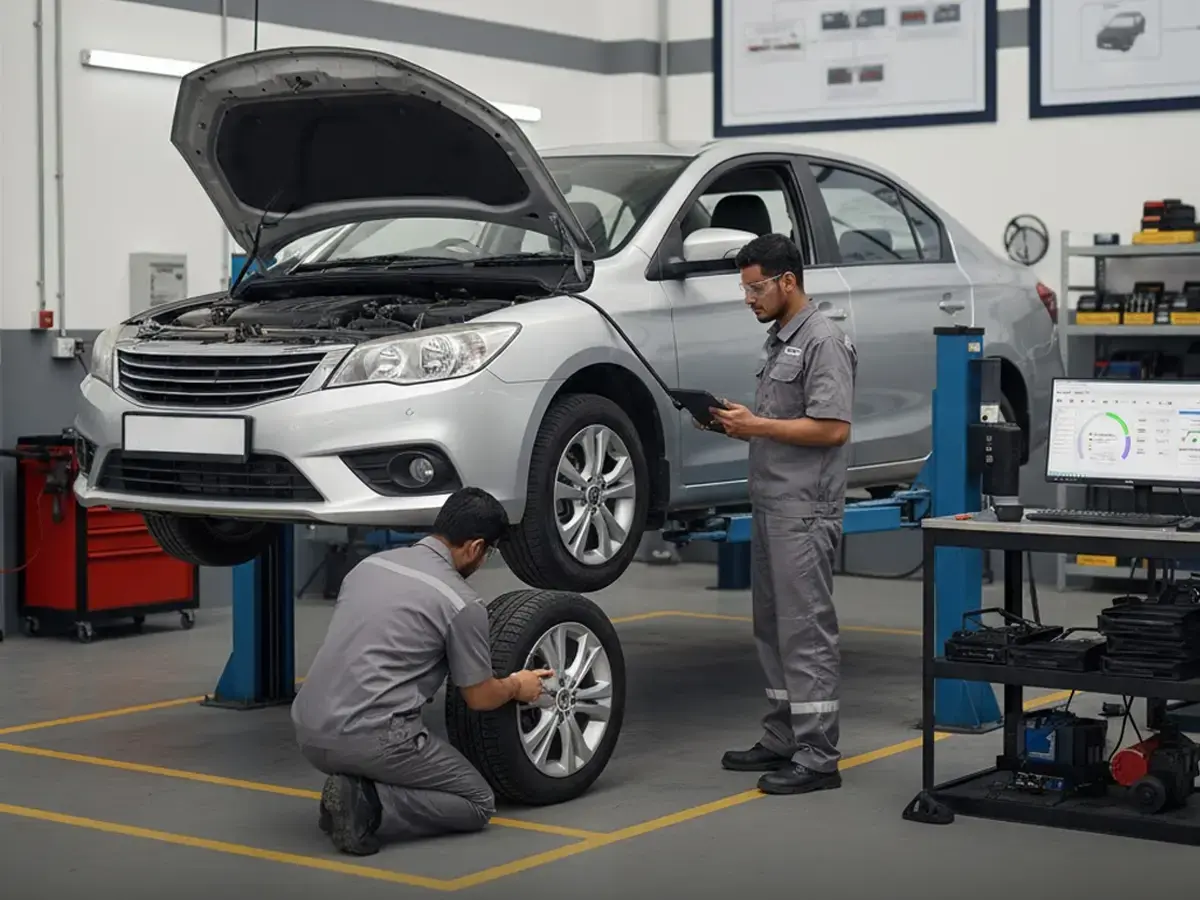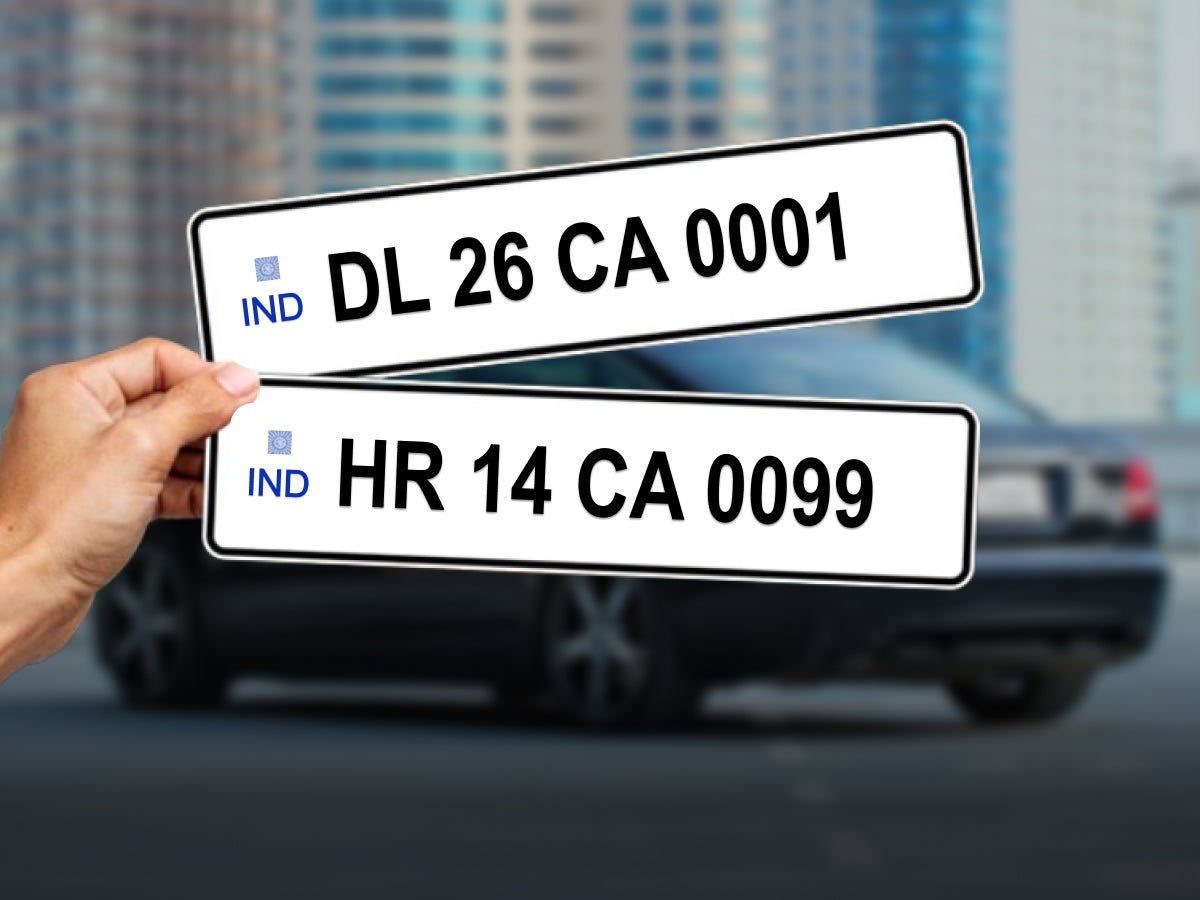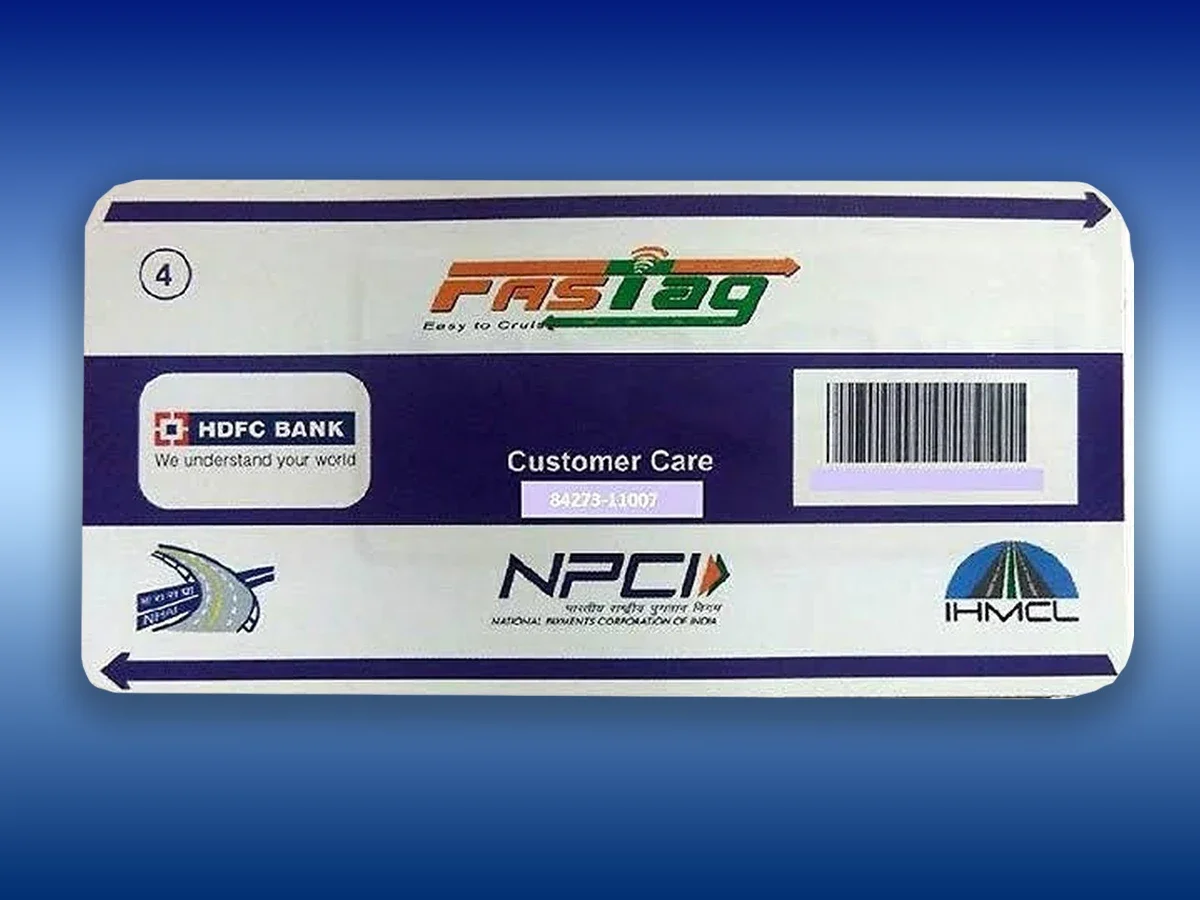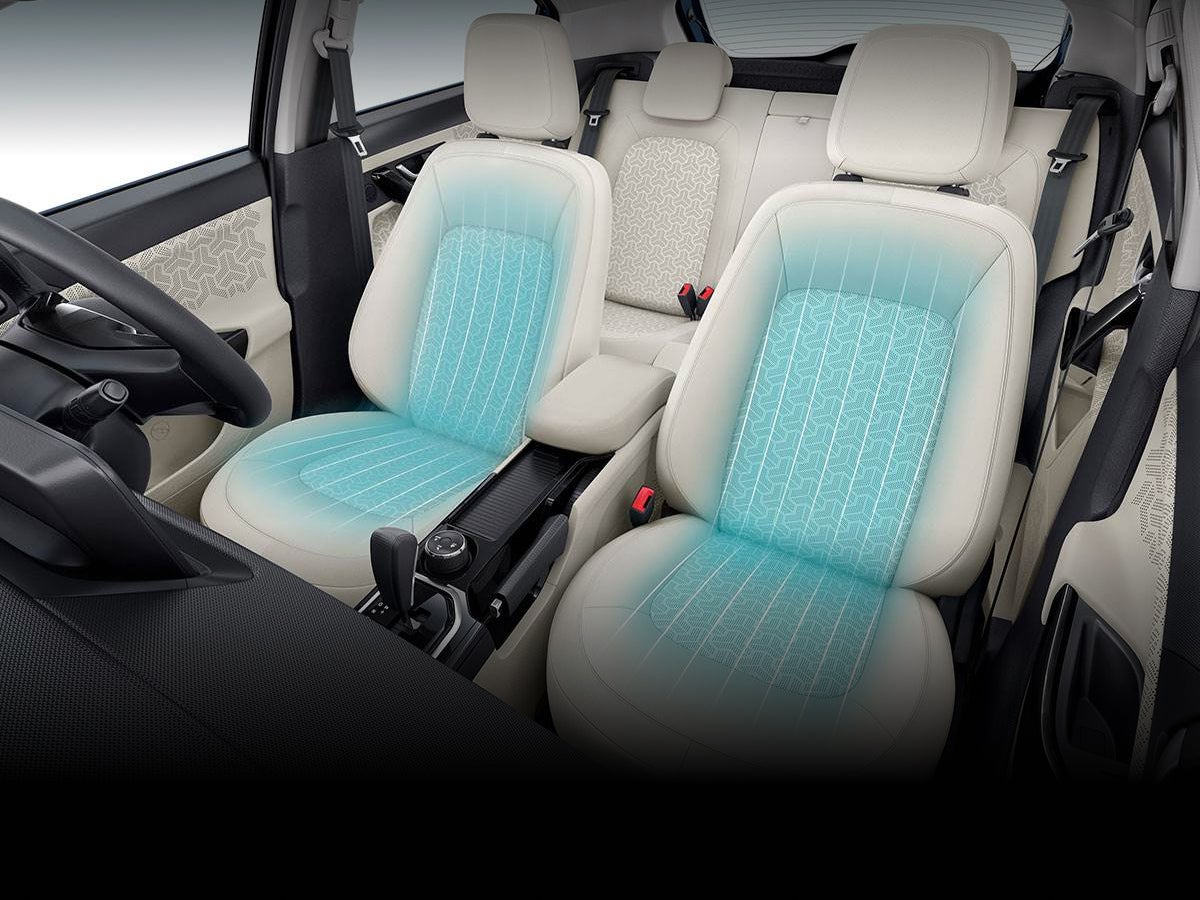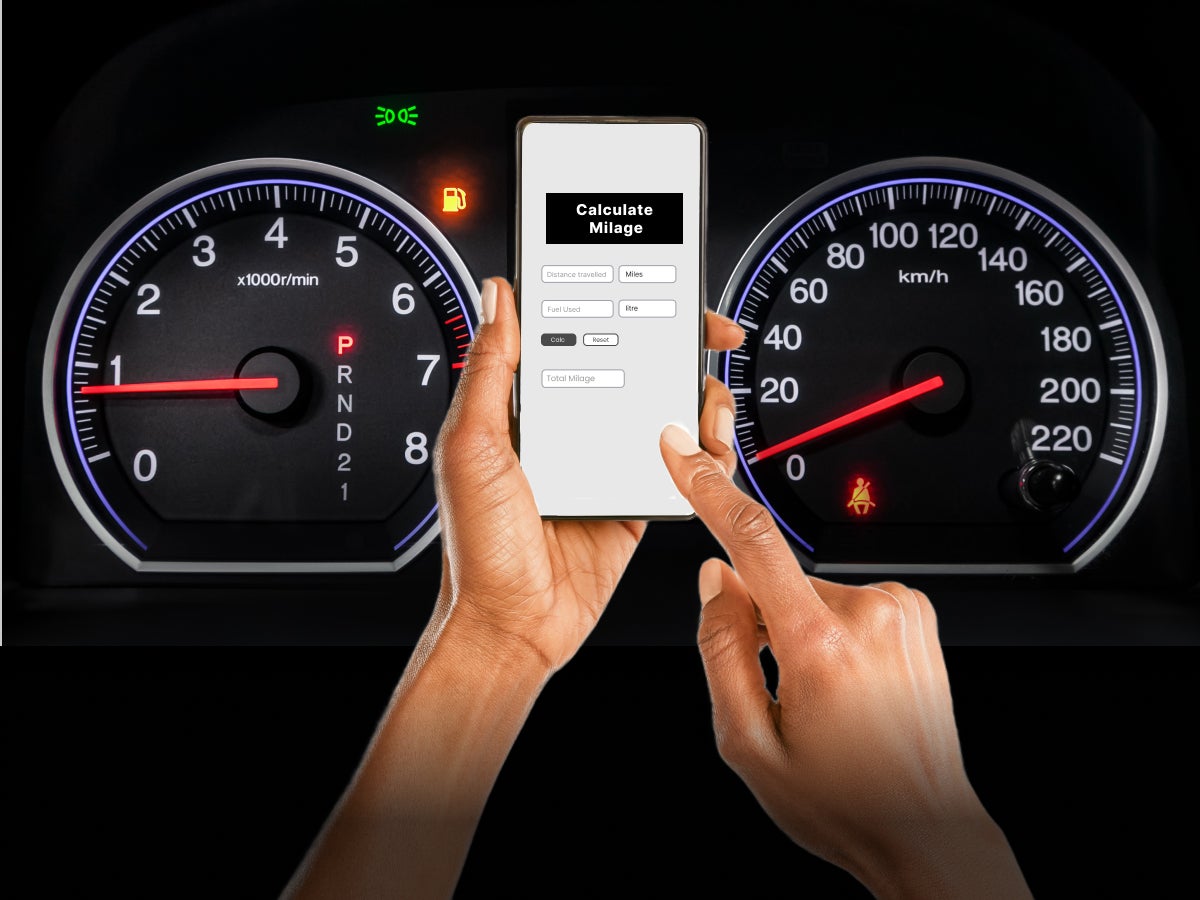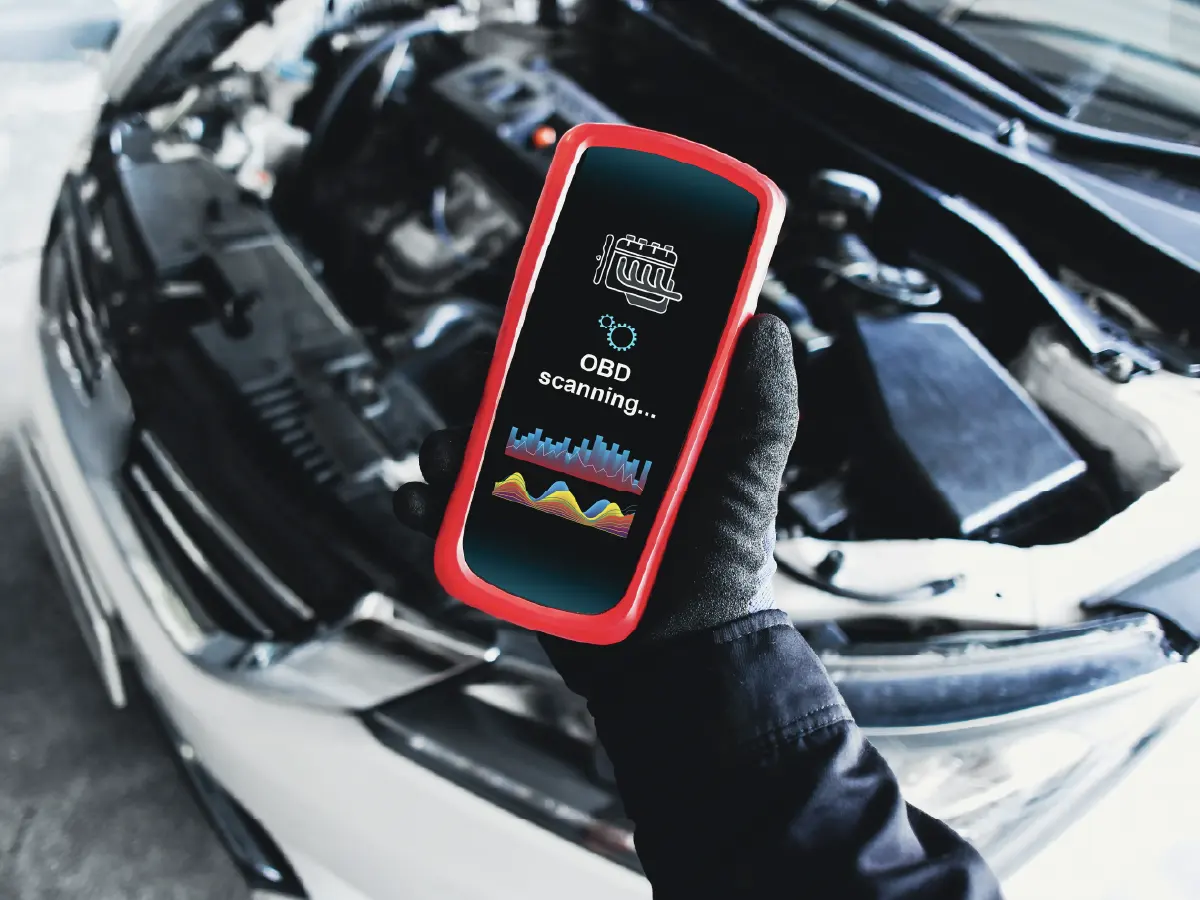

How an OBD device can bring out the truth of the car during PDI
- 1OBD-II devices reveal hidden issues that a normal PDI might miss
- 2Pre-Delivery Inspection helps buyers verify mileage and engine health instantly
- 3OBD diagnosis detects past error codes for a smarter used car decision
Buying a used car is exciting, but it comes with its share of concerns. You want to make sure that the vehicle you are investing in is safe, reliable and in good condition. That’s where a Pre-Delivery Inspection (PDI) comes into play. And now, there’s a small but powerful gadget that can take your PDI one step further, an OBD device.
Let’s break it down in a simple way so you know how this smart tool can help uncover the truth about a car.
What is an OBD Device?
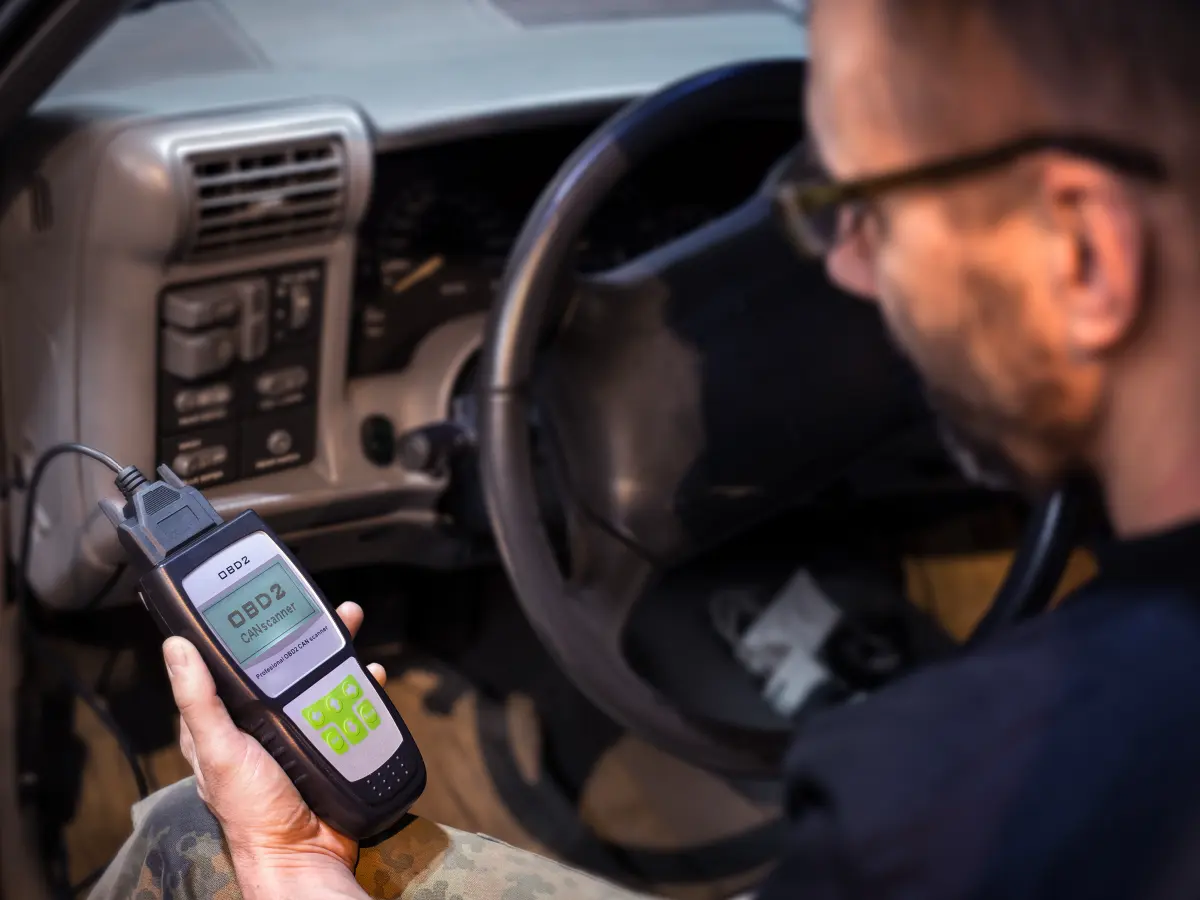
OBD stands for On-Board Diagnostics. It is a compact scanner that plugs into a car’s diagnostic port (usually under the dashboard near the steering column). Once connected, it reads data directly from the car’s electronic systems and gives you real-time insights about what’s happening under the hood.
How Does an OBD Tool Work?
An OBD scanner doesn’t just tell you if the check engine light is on. It gives you a deeper view of the car’s health. Here are a few things it can do:
- Read and clear trouble codes (even the hidden ones)
- Show live data like engine temperature, fuel pressure and battery voltage
- Detect misfires or faulty sensors
- Reveal if the odometer reading has been tampered with (in some advanced models)
- Check emission system status
This makes it a handy companion for anyone performing a PDI, especially if you are buying a used car from a dealer or private seller.
Why Regular Pre-Delivery Inspection May Not be Enough
A typical PDI focuses on things you can see or test manually. Mechanics will inspect the tyres, lights, brakes, fluids and take the car for a short test drive. While that’s important, it doesn’t always reveal hidden electronic or engine issues.
That’s where the OBD device comes in. It acts like a digital stethoscope for the car, uncovering things that even an experienced mechanic might miss during a routine check.
How OBD Device is Used During PDI
Using an OBD scanner is surprisingly simple. Just follow these steps:
- Plug it into the car’s OBD-II port
- Connect it to your phone using Bluetooth or a dedicated app
- Run a basic scan to check for error codes or warnings
- Review the live data for abnormalities
- Save or share the scan report if needed
Many apps even give you plain English explanations for each code, so you don’t need to be a mechanic to understand what’s going on.
Things an OBD Device can Help Reveal
Here are some examples of what you might find out using an OBD scanner:
- The car has a hidden engine issue that the seller didn’t mention
- The airbag system has been disabled
- The battery is not charging properly
- The vehicle has failed its last emissions check
- The error codes were recently cleared to hide problems
These red flags can help you negotiate better or walk away from a bad deal.
Do all cars support pdOBD scanning?
Most petrol cars manufactured after 2000 and diesel cars after 2005 in India come with an OBD-II port. If you’re not sure, just check under the dashboard or refer to the owner's manual.
Which OBD devices are commonly used?
You don’t need to buy an expensive tool. Many budget-friendly scanners like ELM327, Autel AutoLink and NEXPEAK work perfectly for personal use. These work well with apps like Torque, Car Scanner or OBDeleven.
Conclusion
When it comes to buying a used car, peace of mind matters. An OBD device is like your digital truth-teller during a Pre-Delivery Inspection. It gives you confidence in your decision, helps avoid costly surprises, and ensures that you get a car that’s truly worth your money. So, the next time you go for a PDI, don’t forget to take this pocket-sized expert along with you!
Frequently Asked Questions
Expand all



